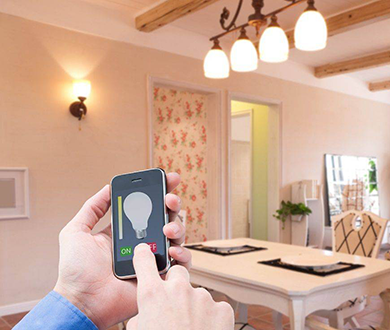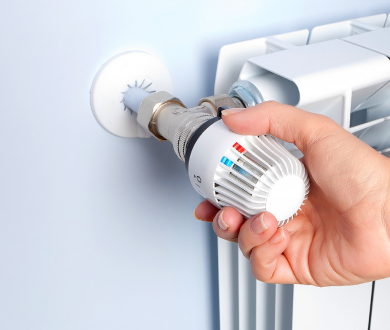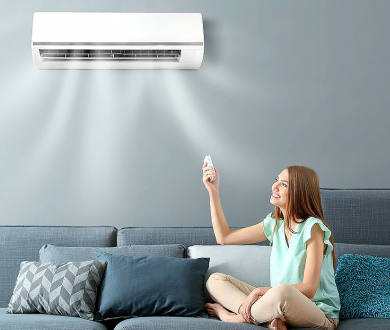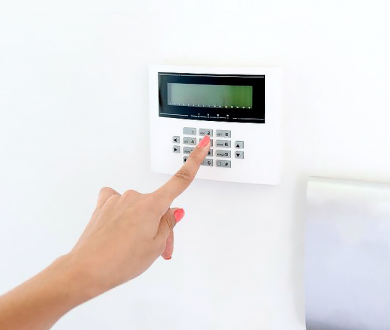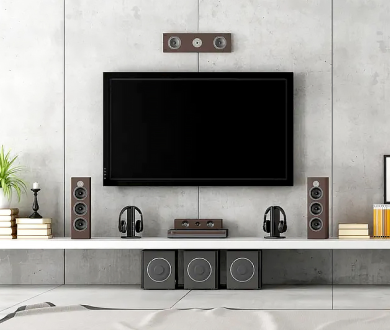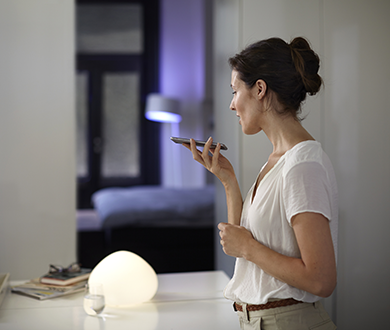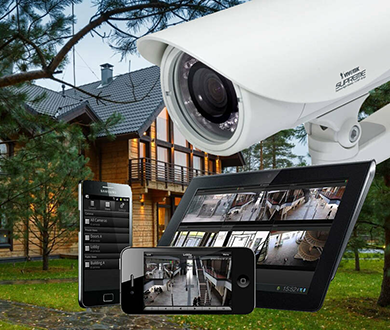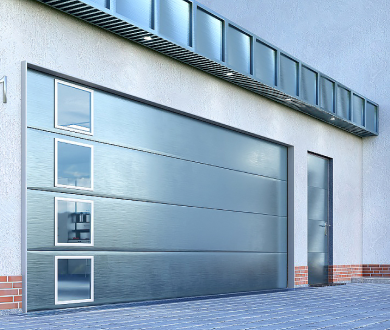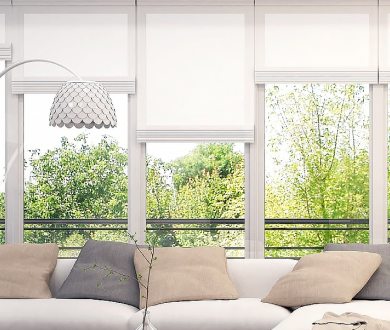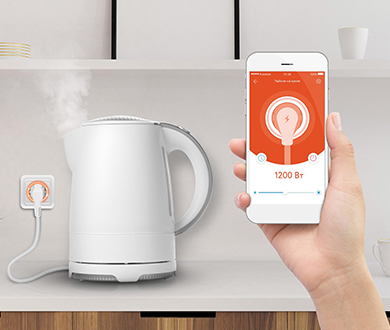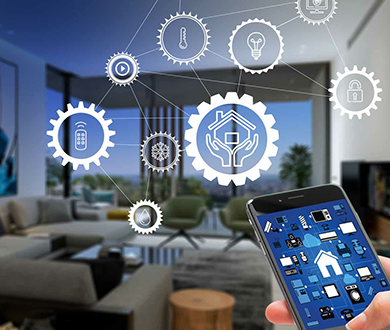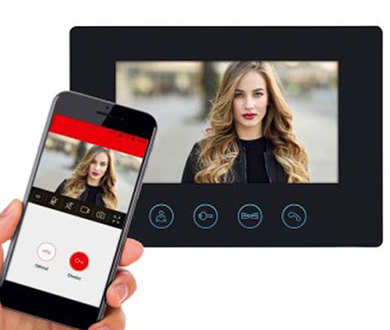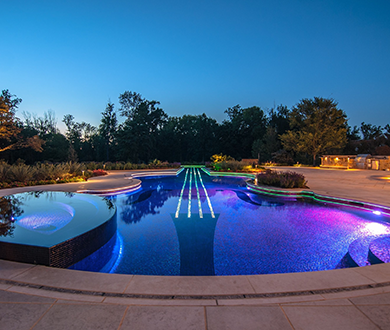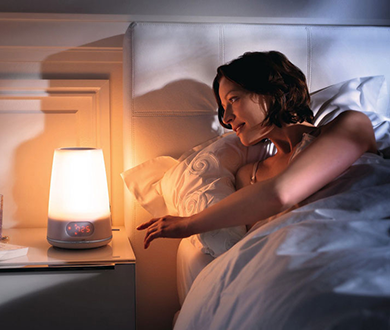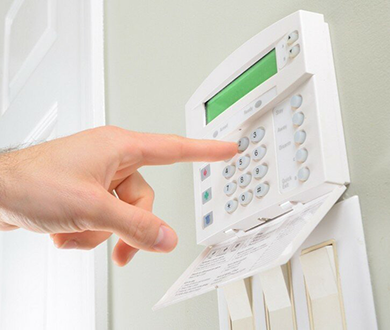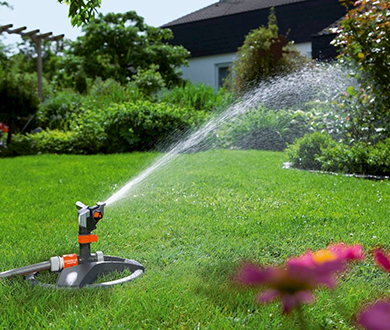Ventilation control
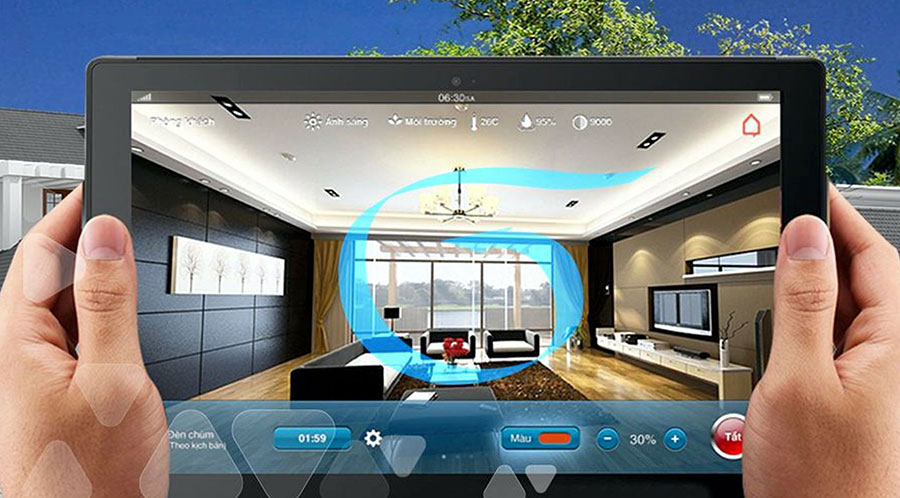
Ventilation control to ensure a healthy climate and comfort in a smart home
Heating, ventilation and air conditioning are three systems that determine the maximum possible comfort of living. They also have the greatest impact on the home’s energy needs and maintenance costs. Therefore, their integrated management is the standard for smart buildings.
Modern houses have modern heating systems, increasingly ventilation with a heat exchanger and air conditioning. All these systems can be managed, and in fact they need to be managed, otherwise we will use only part of their capabilities. In addition, controlling them also means controlling your energy bills.
Intelligent installations were invented so that everything “happens” and we do not have to deal with the settings of individual devices. Because in fact, the ideal is only the user’s definition of what the final result should be. And our Smart Home should work in such a way as to achieve this goal. A trivial example is that we want only 21°C at home from Monday to Friday from 6.30 to 7.30, because at these hours we get up and get ready for work.
With a good, integrated control in the MimiSmart version, we are not at all interested in when it will be necessary to turn on the heating, and when the air conditioner, or maybe instead of it, it will be enough to completely raise the external blinds on the sunny windows. It may also be useful to automatically open the windows at night in the summer to cool the building a little.
Of course, we take into account the fact that depending on the season and the weather on a given day, our automation will have to perform completely different actions. But this is the whole essence of MimiSmart: it does not completely mechanically repeat one and the same sequence of actions, but adjusts its binding to the situation. More precisely – what signals are received by the sensors available in the system (temperature, sunlight, etc.).
Why should heating, ventilation and air conditioning be integrated into one control system?
Heating, ventilation and air conditioning are the three installations most responsible for comfort and energy consumption. Therefore, it is necessary that they cooperate with each other, especially since their requirements are often potentially contradictory. For example, if we want the air to always be fresh and clean, it is easier than constantly changing it intensively. Regardless of the time of year and day.
But here’s the problem. After all, a large air exchange means large heat losses in winter and a factor contributing to excessive heating of the cabin in hot weather. So, if you look at the efficiency of heating and air conditioning, it should be limited. Therefore, it is necessary to find a balance between the requirements of individual installations. We are talking about a situation in which each of the installations is working at full capacity, but at the same time does not interfere with the others.
Therefore, following the example with ventilation, you can control with the help of a heat exchanger so that it restricts ventilation only at certain hours, in any case, when we are outside the house, or only in separate rooms where no one is currently there. In addition, the reduction of air exchange to a level that does not cause discomfort. Here, sensors for the concentration of carbon monoxide and air humidity will be useful. Thanks to them, the ventilation intensity can be adjusted according to real needs.
What are the advantages of combining heating, ventilation and air conditioning?
By integrating and fully automating the management of the three installations of interest to us, we can count:
- for increased comfort;
- significant savings and reduction of bills;
- get better control over media consumption and work in general.
It should be immediately warned that the effect that will be felt in each of these areas depends on the specific case. The peculiarity of the house is connected with the features of the building itself, but no less with the lifestyle and habits of its inhabitants. It is not for nothing that intelligent installations are always designed individually, to order.
We can say that the joint management of heating, ventilation and air conditioning is a kind of optimization of operating costs. They are lower because we don’t waste heat and electricity the most. At least because we do not overheat the interior and do not ventilate it more than is really necessary.

Order
remotely with one click

